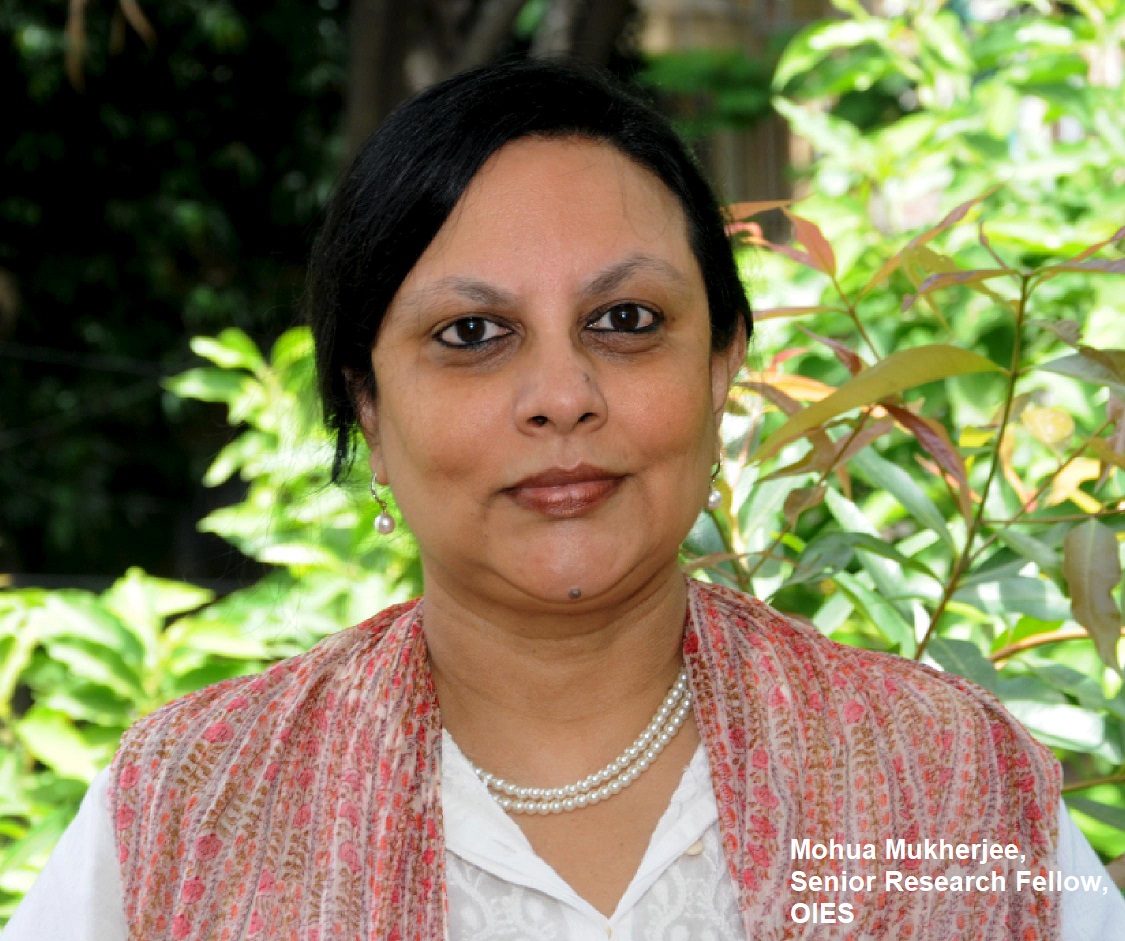OIES Podcast – India’s Mass-Market Clean Mobility Initiatives and its Unique, Customized Business Models for Light Electric Vehicles
In this podcast James Henderson talks to Mohua Mukherjee, Senior Research Fellow at the OIES talk about the electric mobility market in India, with a particular focus on the “budget” end. The podcast highlights the difference between large energy transition assets such as solar parks, wind farms and geothermal projects on the one hand, and rooftop PV systems, electric vehicles and energy efficiency retrofits on the other. The latter group, which includes budget electric mobility vehicles, consists of “retail” clean technologies whose adoption depends on out-of-pocket expenditures by individual consumers. The retail technologies can be incentivized by various government grants and attractive policies that reduce entry barriers and shorten payback periods, but they still require a consumer decision to incur an upfront payment that is higher than an available alternative option, such as Internal Combustion Engine (ICE) vehicles, in the expectation of future financial savings e.g avoided petrol or diesel purchases.
For around 900 million people, whose average monthly income is under US$300, their primary mode of transport is an ICE two-wheeler or a shared ride in a three-wheeler (a tuk-tuk) or a public bus. The government of India is focusing on electrification of shared rides in these mass-market vehicles first and maximizing the number of clean kilometres travelled. The podcast discusses the diverse consumer segments in India’s two and three-wheeler electric mobility market, as well as the challenges arising from a weak electricity distribution infrastructure in many parts of the country, and the innovative business models that are arising to overcome the challenges.

Categories:
Country and Regional Studies , Energy in Transport , Energy Transition , Podcast
Tags:
batteries , battery swapping , electric mobility , electricity vehicles , India , Transport
